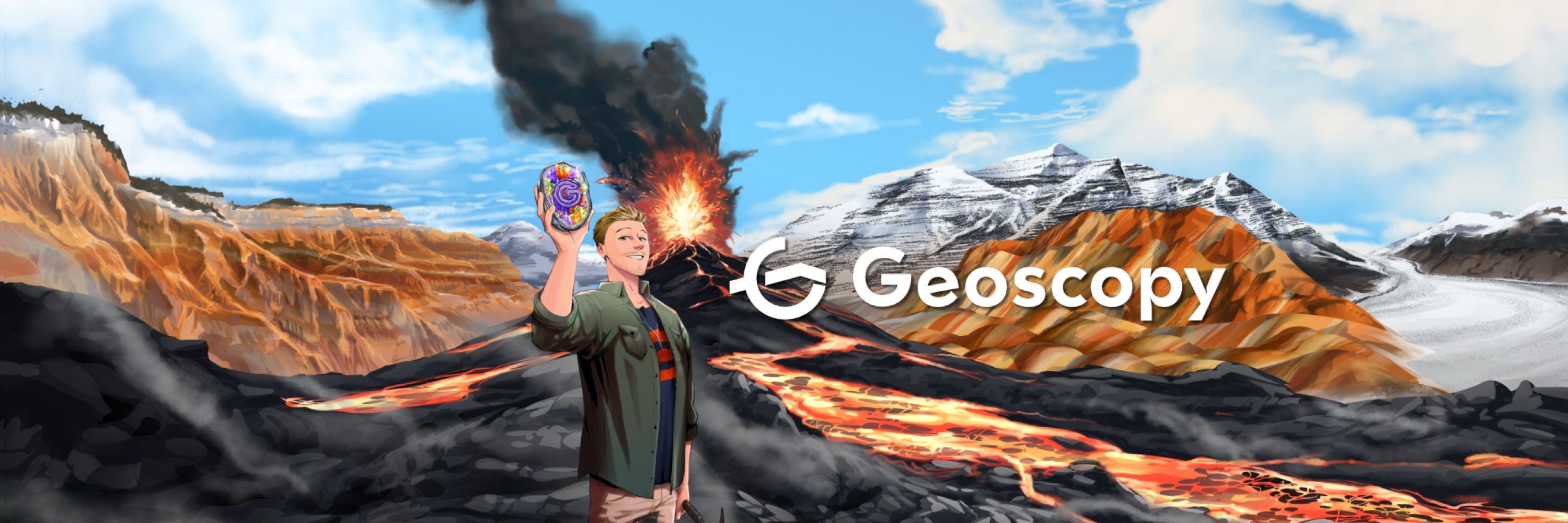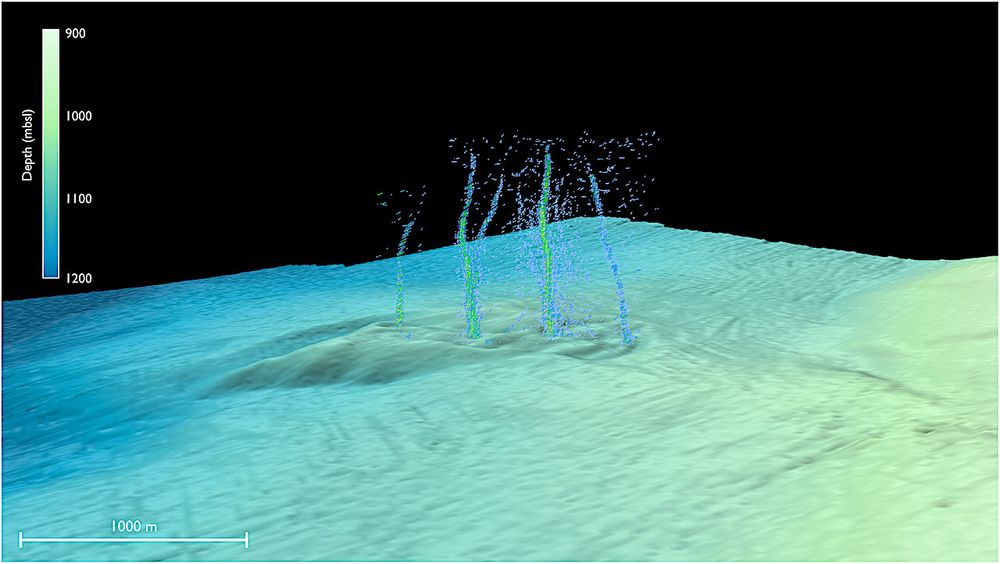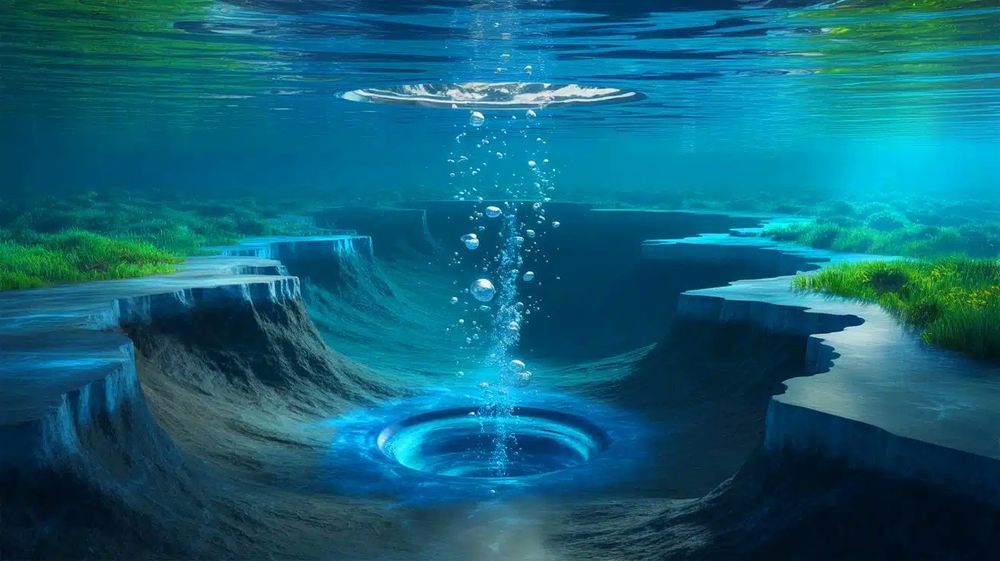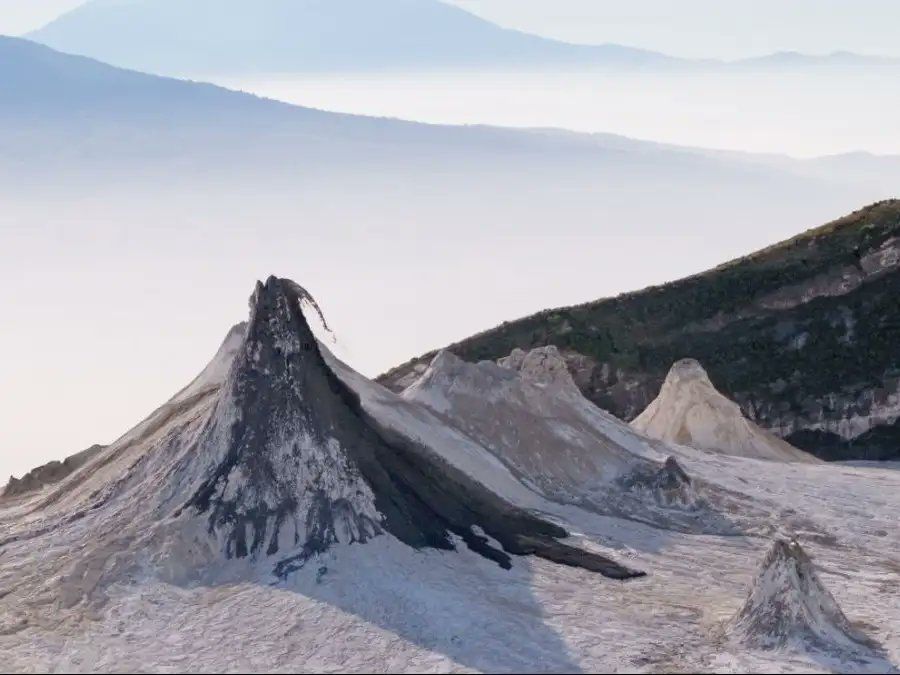
Geoscopy — Geology Explained
@geoscopy.bsky.social
340 followers
370 following
360 posts
I unveil Earth’s hidden stories through visual-rich, science-driven narratives. From tectonic shifts to ancient fossils, discover geology as dynamic, accessible, and awe-inspiring. Empower your understanding. Know your Earth.
Posts
Media
Videos
Starter Packs























